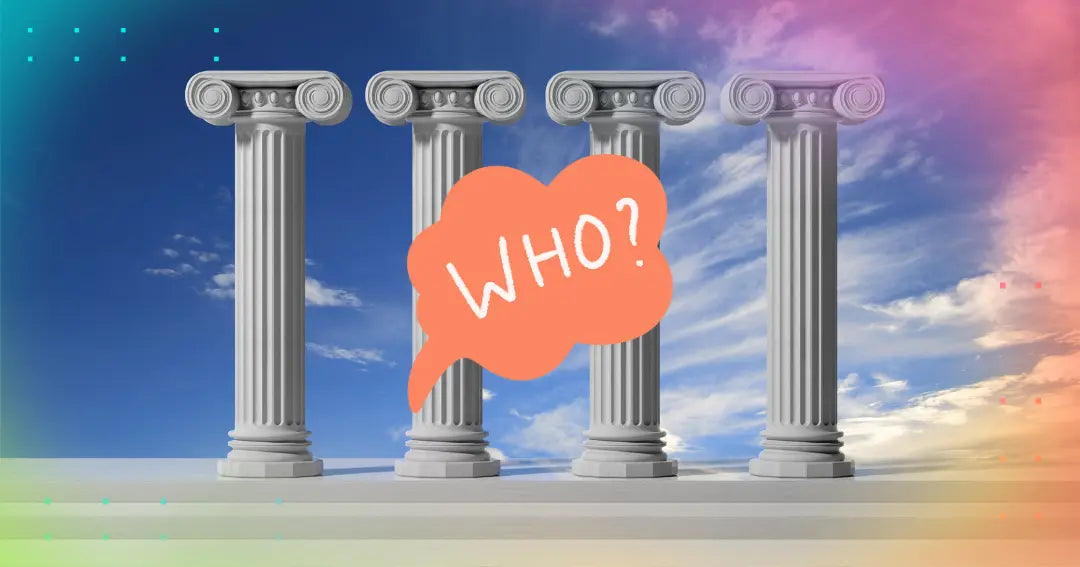Let’s get one thing clear: just having "good music" is not enough. Not if your goal is to build a sustainable fanbase and career in the music industry. Sure, your songs might get stuck in someone's head, but if you want to stay there, you need something more. You need a brand—an identity that fans can latch onto. Think about it. Every superstar in history is known for more than just their music. There’s always that one thing—something outside of the songs—that defines who they are.
But here's the catch: brand-building isn’t an overnight success story. It's not about slapping a logo on a hoodie and calling it a day. Your brand needs to be an extension of you. It has to be authentic, like a reflection of your personality, your art, your story. So, before you start, ask yourself: What’s the “one thing” outside of my music that defines me?
Think about it. Is it a unique style? A certain mood? A symbol that represents what you stand for? Once you figure that out, start introducing it to your content slowly. Ease it into your visuals, your captions, your overall vibe. And when the time is right, you’ll go all in for that "hard launch." Now, you have something that’s more than just music—you have a brand identity.
The Four Brand Pillars You Need to Master
Every A-list artist has nailed down four key pillars that make their brand undeniably strong. If you want to take your game to the next level, you’ve got to do the same. Here’s what you need to know.
Pillar 1: Who Are You?
Are you the mysterious type who keeps fans guessing? Or are you the approachable artist who feels like a friend? Your identity shapes how people connect with you. Artists like Billie Eilish built a brand around mystery and depth, while Lizzo’s charm comes from being relatable and unapologetically herself. Decide what fits you, and own it.
Pillar 2: Brand Mood
Is your vibe dark and cryptic, like a midnight alleyway in a thriller movie? Or bright and bubbly, like a sunny day at the beach? Your brand's mood sets the tone for everything you do, from the colors you choose to the way you engage with fans. Look at Olivia Rodrigo. Her marketing around Sour and Guts used shades of purple, bold fonts, and an angsty, Y2K aesthetic. It wasn't random—it was all part of crafting a mood that resonated with Gen Z.
Pillar 3: Target Audience
Here’s the reality: your music isn't for everyone. And that’s okay. Knowing exactly who you're making music for is crucial. Are you speaking to the skate-punk crowd, or are you all about the hip-hop scene? When you pinpoint your audience, speak directly to them. Share things they care about, and don’t try to please everyone. The more specific you get, the more you’ll resonate with the right people.
Pillar 4: Brand Kit
Every great brand needs a “kit”—a visual toolbox. Think colors, fonts, symbols, even emojis. When fans see them, they should instantly think of you. Take Charli XCX's Brat Summer for instance. Her Y2K-inspired color scheme, use of Arial Narrow fonts, and rebellious visuals made everything scream "brat pop." When you see it, you know it’s Charli. That’s what you’re aiming for.
Let’s Look at Some Examples
Want to see how these pillars come together to create something unforgettable? Let’s dive into some real-world examples.
Olivia Rodrigo’s Rise
Olivia Rodrigo is a perfect example of nailing brand pillars. Her purple color palette became a signature, and her Sour album was built around themes of angst and growth—things that resonate with young listeners. Her brand archetype? The “Lover,” but not in the traditional sense—more like a complicated, sometimes heartbroken one. The point is, everything about Olivia’s brand feels intentional, and that’s what helps it stick.

Charli XCX and “Brat Summer”
Even though summer's over, Charli’s Brat Summer left a mark. The whole concept was designed to make people embrace their inner “brat.” Her rebellious brand archetype, coupled with a Y2K aesthetic, gave the project a personality of its own. It wasn’t just an album; it was an attitude, a movement.

Michael Jackson’s “Thriller”: A Cultural Shift
Let’s rewind to 1982. Thriller wasn’t just an album; it was a cultural phenomenon. The music videos for “Billie Jean” and “Beat It” were the first by a Black artist to receive heavy rotation on MTV, breaking racial barriers and setting a new standard for music videos. And who can forget the Moonwalk? Michael Jackson’s dance moves captivated millions. But the key takeaway here? Thriller wasn’t just about the songs—it was about creating moments that fans could never forget.

The Big Picture: Your Brand Is an Extension of You
Building your brand isn't about creating something fake or trying to fit into a box. It’s about amplifying what’s already there—something that makes you, you. The more you lean into it, the more your fans will connect with it. Your brand should feel like an experience that extends beyond your music. It’s a mood, a style, a vibe. When fans think of you, they shouldn’t just hear your songs in their heads—they should see your colors, feel your emotions, and understand your story.
So, what are you waiting for? Start shaping your brand today, because trust me—having a unique and multi-faceted brand identity cannot be overstated. Your music is only half the story. Your brand is the rest.
Ready to share your unique brand story with the world? Let our PR articles help you reach wider audiences and connect authentically with fans. Start building your brand today!





1 comment
Kevin Peltier
I purchased your product on Bkack Friday and I have received nothing from you other than a welcome email and a questionnaire email which I completed and returned. You acknowledged receipt of my questionnaire 10 days ago, but still nothing else from you. Please respond before I start the refund process.
Leave a comment
This site is protected by hCaptcha and the hCaptcha Privacy Policy and Terms of Service apply.